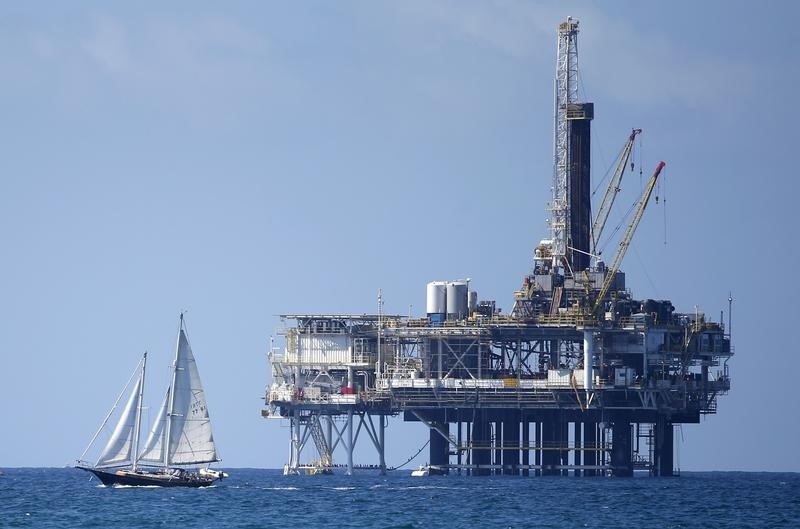Oil prices steady as markets watch Trump tariff spree, US inventory spike
- July 9, 2025
- Category: News
Investing.com-- Oil prices steadied near two-week highs in Asian trading on Thursday as investors assessed new trade tariff announcements by U.S. President Donald Trump, while a sharp increase in U.S. crude inventories highlighted demand worries.
As of 21:55 ET (01:55 GMT), Brent Oil Futures expiring in September fell 0.1% to $70.09 per barrel, while West Texas Intermediate (WTI) crude futures lost 0.2% to $68.23 per barrel.
Both contracts remained near two-week highs reached earlier this week, supported by renewed Middle East tensions following Houthi attacks on Red Sea shipping lanes.
Trump announces 50% copper tariffs effective Aug 1
President Trump on Wednesday announced a 50% tariff on copper imports, effective Aug 1, claiming that the measure was aimed at boosting the domestic copper industry.
Earlier on Wednesday, he also announced that the reciprocal tariff on Brazil would rise to 50% from 10%. The move comes shortly after Trump’s public spat with Brazil’s President Luiz Inacio Lula da Silva, who had called Trump an “unwanted emperor” during a BRICS summit.
Lula responded, warning that any new tariffs would be met with retaliatory actions.
Trump has started sending tariff letters to key trading partners, where he has already announced 25% duties on goods from South Korea and Japan, among others.
Fears of a multi-front trade war and potential demand erosion are pressuring oil prices lower despite current market tightness.
US crude stocks jump unexpectedly - EIA
U.S. crude inventories posted a sharp increase of 7.07 million barrels for the week ending July 4, the largest build since January, according to data released Wednesday by the U.S. Energy Information Administration (EIA).
The rise surprised markets, which had broadly expected a draw of around 2 million barrels, and reflects lower refinery runs during the holiday week.
Despite the headline build in crude stocks, gasoline inventories fell by 2.65 million barrels, suggesting robust fuel demand around the July 4 holiday period.
The data comes amid growing market concerns over a potential supply glut, following last week’s announcement by the Organization of the Petroleum Exporting Countries and its allies (OPEC+) to raise output by 548,000 barrels per day starting in August.


